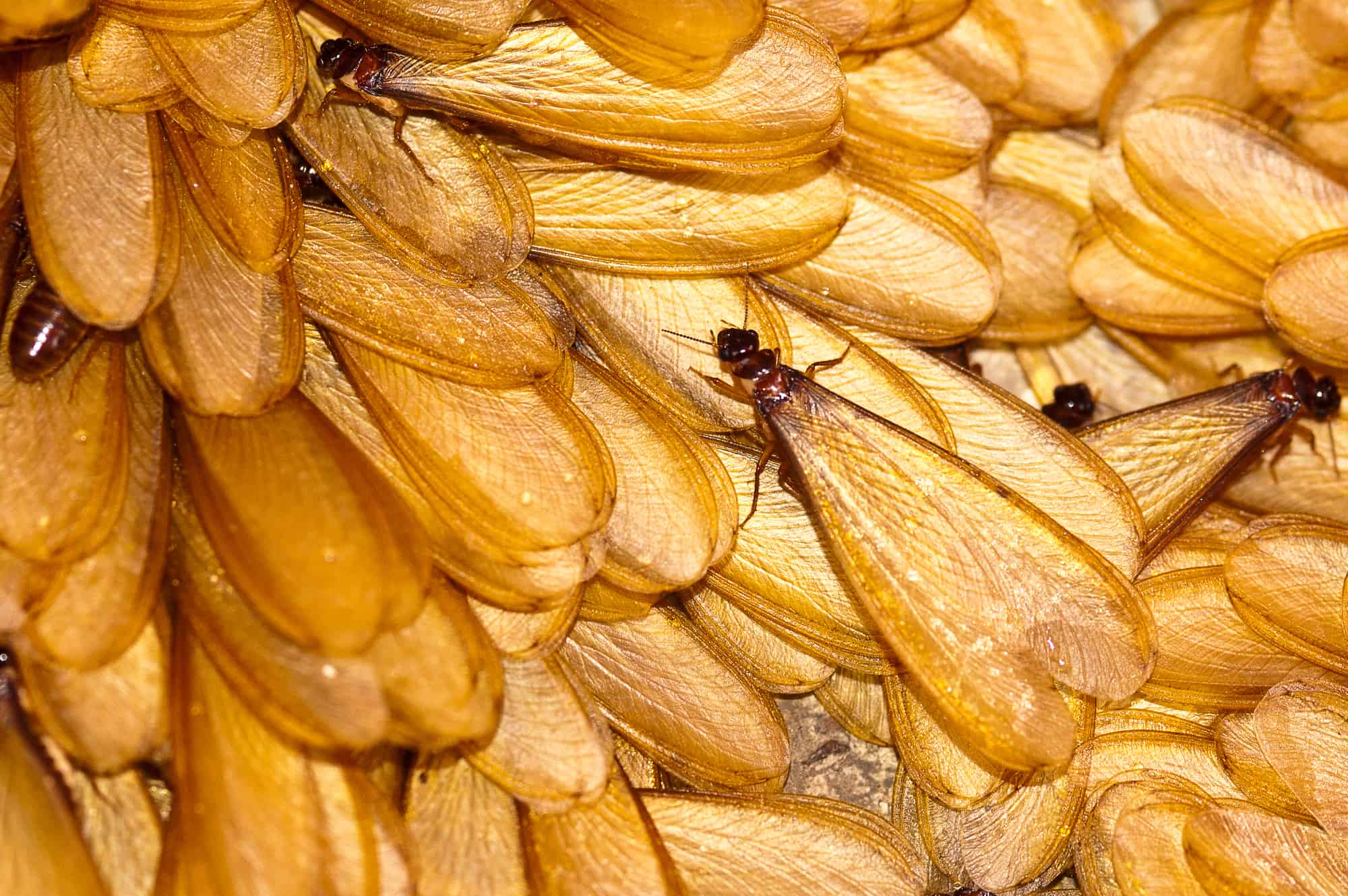Termites are pretty annoying and are known for the extensive structural damage that they are capable of causing. They can cause havoc in the house if they stay for too long. It is essential that you get rid of them the first chance you get.
In Lynnwood, various species of termites can be found; subterranean termites are said to be the most common ones. There are also drywood and dampwood termites. Drywood termites are present inside the structure and feed on the cellulose inside the wooden structure.
They can make the wooden structure hollow from the inside, which can cost a lot in repairs. They prefer infesting woods that are dry; it can even be dead wood. Any furniture, wooden frames, etc., are not safe from infestation. It is going to be easy to detect their presence because of how sneaky these creatures are.
They can be living inside some structure for a long, long time, and you will still not be able to tell. Thus, looking for their signs of infestation closely and paying attention to detail can help. Click to view more information about their infestation.
What do drywood Termites look like in appearance?
Their size can vary; it will depend on how old they are. The largest size can go upto one inch in length. The adult ones among them have an oval waist and short legs. The length of the wings is equal, and they also possess antennas. Their color can also vary from light brown to cream. They also have six legs.
What does the behavior of drywood termites include?
They form colonies of more than two thousand members. In subterranean termites, we notice the worker caste system, but that is not the case with drywood termites. In Drywood termites, work is done by the immature termites and by those that are not yet in their adult stage.
If there is a rise in temperature, it can give way to these termites. These termites are known to infest dry wood and can be found in various places. They can also be found in different areas, and this transportation is done through the movement of furniture.
If the furniture that is already infested is being transferred to a different place, that place also becomes susceptible to their infestation. The new location is at risk of getting infested, too. You should know that these types of termites can chew on anything that has cellulose in it.
Whether it is the floor or walls, these termites can lead to expensive repairs. You will have to put in a lot of money to get things repaired, especially if they are costly.
What are the signs of drywood termite infestation?
Since these termites prefer living inside the wooden structure, it is not going to be easy to spot their presence. You will not be able to tell when the treatment is really required. You are likely to notice their infestation much later. Noticing discarded wings and swarms is considered to be a common sign of their infestation.
You are likely to see these things where light sources can be found. The dropping of drywood termites is another sign of infestation. Their droppings are small and look like tiny pellets. It is called frass. Hearing creaking noises from furniture is also a sign that they are inside that structure and possibly feeding on it.
If you knock on any furniture or any wooden item and it sounds hollow, it is probably because of drywood termites. Hollowness is a sign that they have been feeding on that structure for a long time now.
What can you do to get rid of them?
It is the small holes and crevices that give way to these little creatures into your home. Sealing all the cracks and fixing them can help get rid of them. If you detect them early on, you will be able to save a lot of money as well. To do this, you can contact a pest control company in your area and get those tiny pests out.
